 "CB" (jrcb)
"CB" (jrcb)
08/21/2020 at 01:14 ē Filed to: None
 3
3
 18
18
 "CB" (jrcb)
"CB" (jrcb)
08/21/2020 at 01:14 ē Filed to: None |  3 3
|  18 18 |
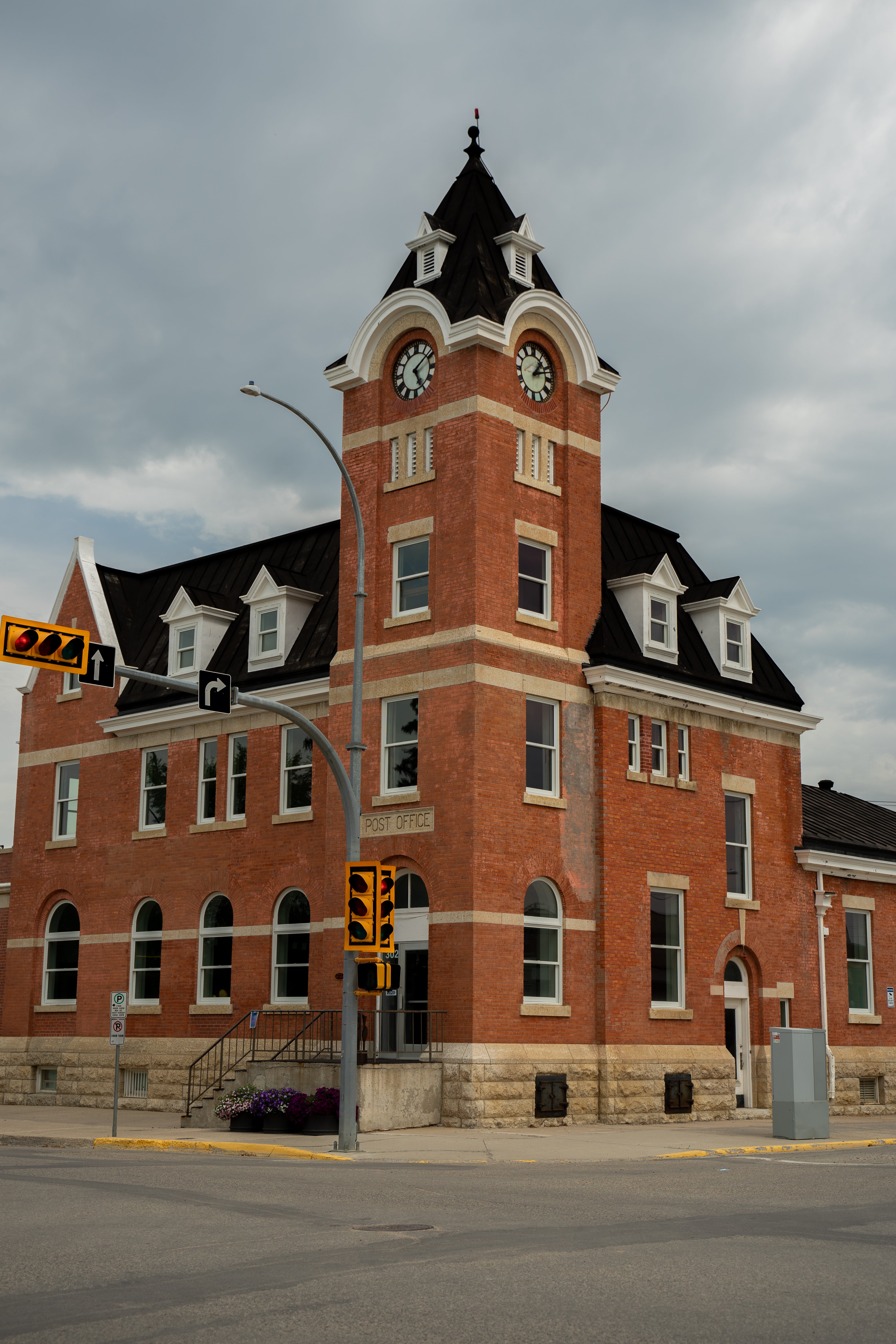
Architecture is one thing I find cool and fascinating but have no interest in actually learning the minute details.
 SBA Thanks You For All The Fish
> CB
SBA Thanks You For All The Fish
> CB
08/21/2020 at 01:43 |
|
Well thereís about three buildings involved in that one...
The planterís interesting. They must have plugged up the downstairs access from the street at some point. And, the difference in brick texture and tint poses questions. The chronology of the tower appears to be different than the main structure. Iím always curious how buildings evolve to meet changing mercantile needs and city codes.
Where is that?
 CB
> SBA Thanks You For All The Fish
CB
> SBA Thanks You For All The Fish
08/21/2020 at 01:45 |
|
The door on the right wing, just out of view, says ďarmouryĒ. So the purpose likely changed over the years.
Itís in Melfort, Saskatchewan.
 Distraxi's idea of perfection is a Jagroen
> CB
Distraxi's idea of perfection is a Jagroen
> CB
08/21/2020 at 01:58 |
|
What, you mean Canadian posties arenít routinely gunned up? But how will they ensure the mail gets through?
 CB
> Distraxi's idea of perfection is a Jagroen
CB
> Distraxi's idea of perfection is a Jagroen
08/21/2020 at 02:09 |
|
By asking nicely.
 Distraxi's idea of perfection is a Jagroen
> CB
Distraxi's idea of perfection is a Jagroen
> CB
08/21/2020 at 02:20 |
|

 SilentButNotReallyDeadly...killed by G/O Media
> CB
SilentButNotReallyDeadly...killed by G/O Media
> CB
08/21/2020 at 02:42 |
|
In my experience...most architects arenít interested in the minute detail either.
Clearly, your †post office isnít worried about being on time either....
 SBA Thanks You For All The Fish
> SilentButNotReallyDeadly...killed by G/O Media
SBA Thanks You For All The Fish
> SilentButNotReallyDeadly...killed by G/O Media
08/21/2020 at 06:34 |
|
What time do you WANT it to be?
 facw
> CB
facw
> CB
08/21/2020 at 07:31 |
|
I feel bad for architects who go through all that training, no doubt with dreams of being sculptors in the medium of buildings... and then get stuck catering to the whims of rich Texans without a hint of taste or design sense as they plan their terribly built neo-eclectic †dream house.
 OPPOsaurus WRX
> facw
OPPOsaurus WRX
> facw
08/21/2020 at 08:00 |
|
developers are the best and worst for architects. They provide a ton of work, but are only driven by profit so all the cool aspects of the building get striped out in favor of cost savings.
 ranwhenparked
> CB
ranwhenparked
> CB
08/21/2020 at 08:33 |
|
The arches, rusticated base, and restrained detailing make me want to call it Romanesque Revival, but the tower seems a bit Italianate, too. Iíd say it looks late Victorian, but it could be any time in the 20th century pre-WWI, basically 1890-1914.
 Who is the Leader - 404 / Blog No Longer Available
> ranwhenparked
Who is the Leader - 404 / Blog No Longer Available
> ranwhenparked
08/21/2020 at 10:31 |
|
Strange how that combination of different neo classical, Italianate etc styles get combined within the same building in North America, especially on major community buildings like churches, post offices, courthouses, etc. I think it stems from a desire to appear more established than a town actually in areas whose future was uncertain.
Itís interesting what happens when people who have never seen original examples of the styles they are emulating are trying to bring a sense of stability by using old world inspired ornament. Just my personal theory.
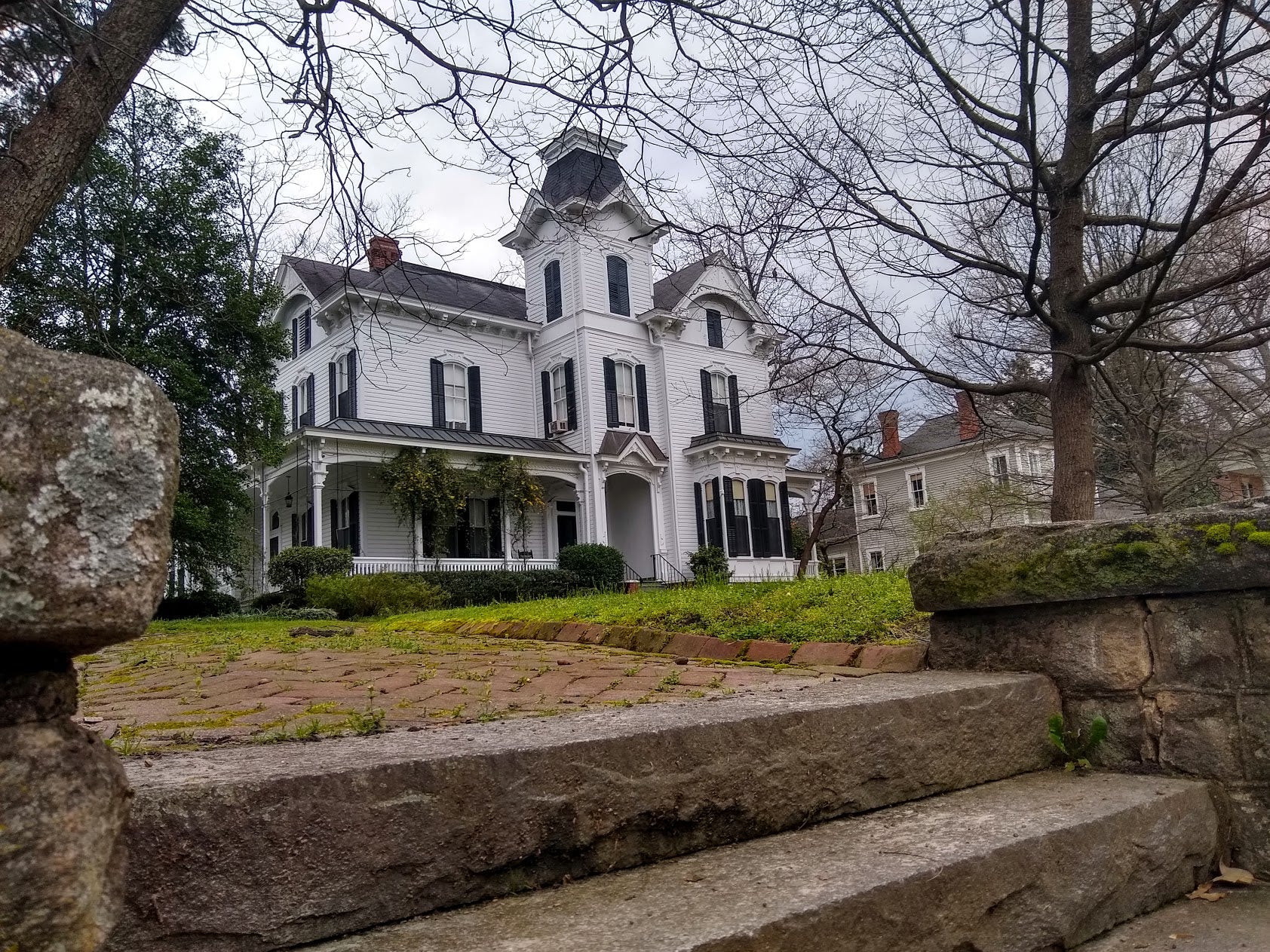
I live far from the orderly grids of former frontier towns, but post Civil War architecture makes this more than evident. It calls to mind a sort of purposefully imperfect callback to ďbetter times,Ē both locally and abroad.
For instance, take the simple pre Civil War Kennesaw House (once 4 stories) vs the post Civil War depot here in Marietta.
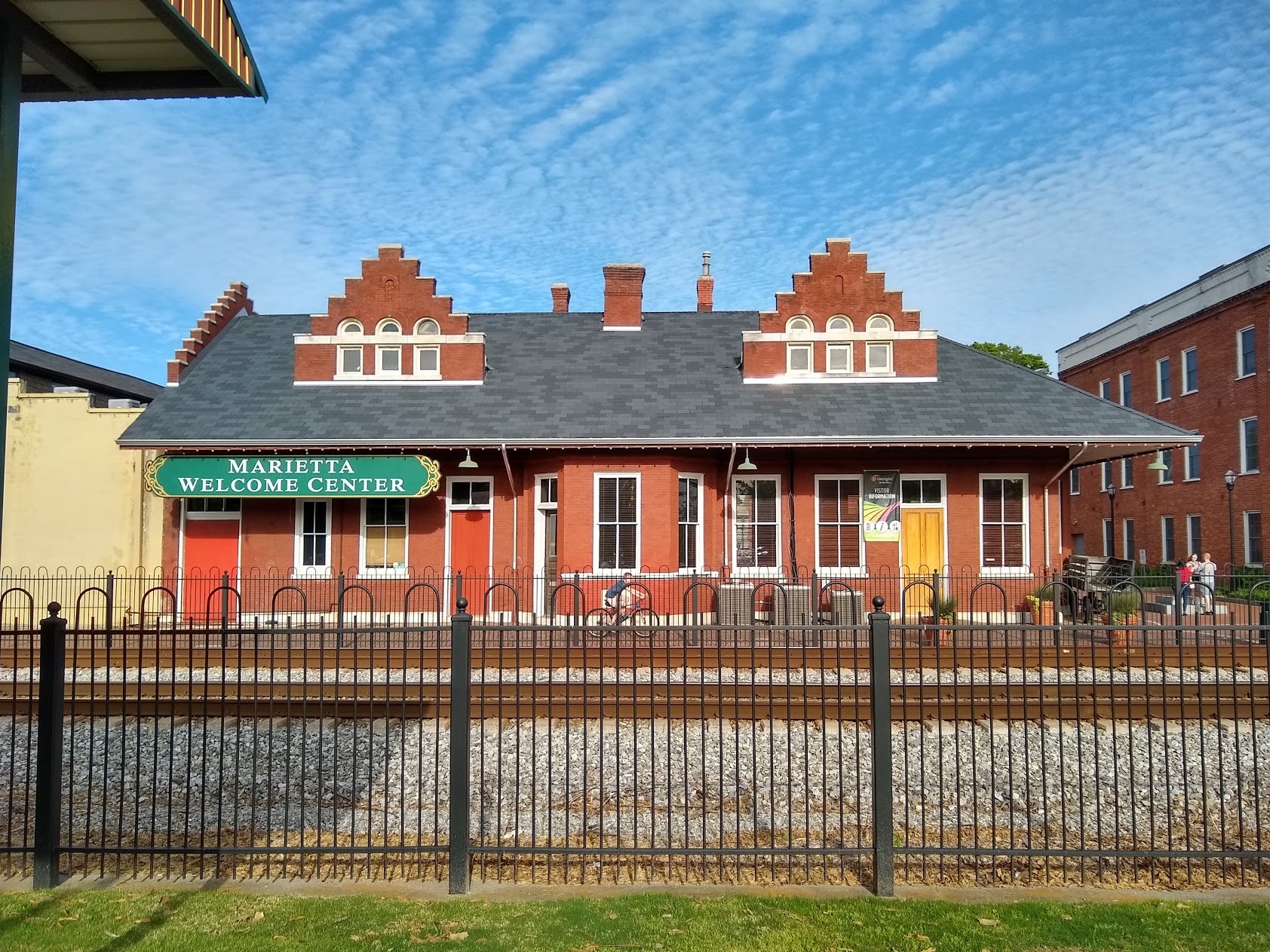
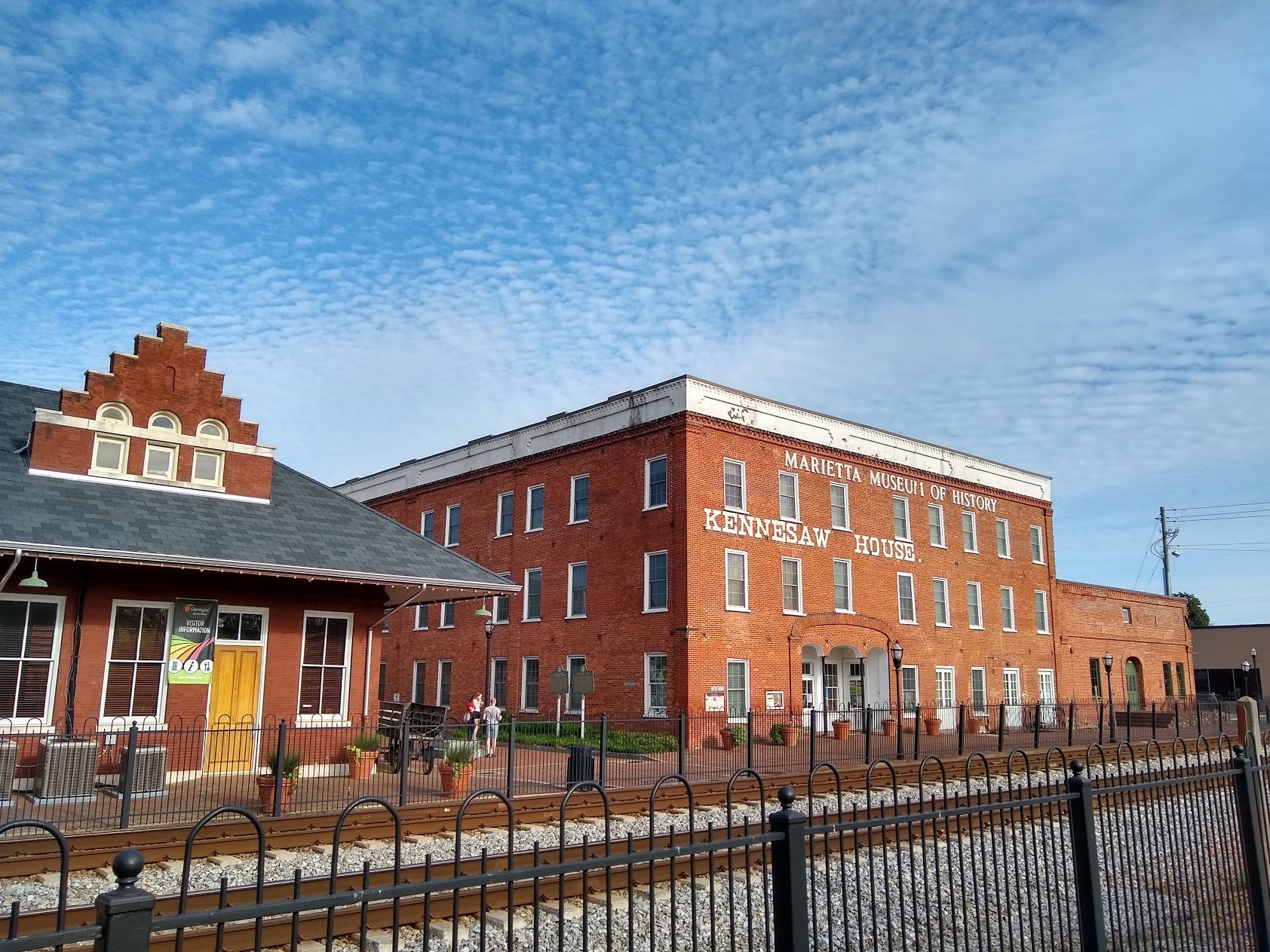
Well, really I just canít find pictures of better examples using my own photos.
 ranwhenparked
> Who is the Leader - 404 / Blog No Longer Available
ranwhenparked
> Who is the Leader - 404 / Blog No Longer Available
08/21/2020 at 10:56 |
|
Definately, they were big into using buildings as symbols at the time, even more than we are now. Banks built imposing classical temples, because they wanted to assure their customers that they were strong, stable institutions that would survive the ages. Courthouses and other civic buildings were designed in a way that would inspire confidence in the integrity of the business being done inside, and reassure citizens of the stability of the institutions.
You can see ghost towns in the West with ruins of pretty substantial masonry buildings that ended up only being used for maybe 10 years, until the mines declined and the town cleared out. That was a conscious effort to lure businesses and settlers in by showing them that those towns were going to be around for the long haul, since why else would they spend money on buildings like that?
Sometimes, there wasnít any pretension of trying to emulate old world styles, just taking bits and pieces of them architects found attractive and working them together in a new way that accommodated North American requirements. Newer styles often made it over the Atlantic fully unchanged, e.g. Beaux Arts - you could take the Philadelphia City Hall and drop it anywhere and it would fit right in as being of that period, but not always. American Arts & Crafts wound up very different from the original British version, though we were much closer in the earlier part of the movement. Art Nouveau barely made it here at all, before we skipped on to Art Deco
 Who is the Leader - 404 / Blog No Longer Available
> ranwhenparked
Who is the Leader - 404 / Blog No Longer Available
> ranwhenparked
08/21/2020 at 11:21 |
|
It seems the less stable the times, the more people try to convey a sense of stability. Fascinating how that works. A far cry from the contractor grade flimsy McMansions that spring up increasingly further into the suburbs of any given city.
I suppose my point is that drawing from European influences in particular drew to mind a sense of old world respectability and stability that was desirable for institutional architecture.
For instance, this bank in my hometown is faced entirely in marble on all visible sides; the building will survive long after the bank closed. It used to be the single most impressive architecture Iíve ever seen inhabited by a subpar sandw ich shop.
The American interpretation definitely morphed into its own thing. You might see this more in styles that really required classical education to fully grasp.
For instance, the old Marietta Baptist Church had a peculiar blend of styles that were sort of distilled to their most basic components.
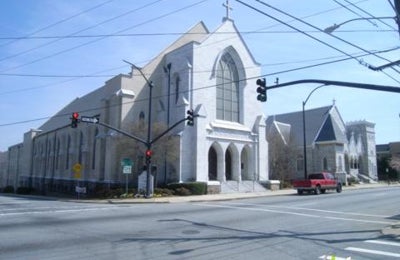
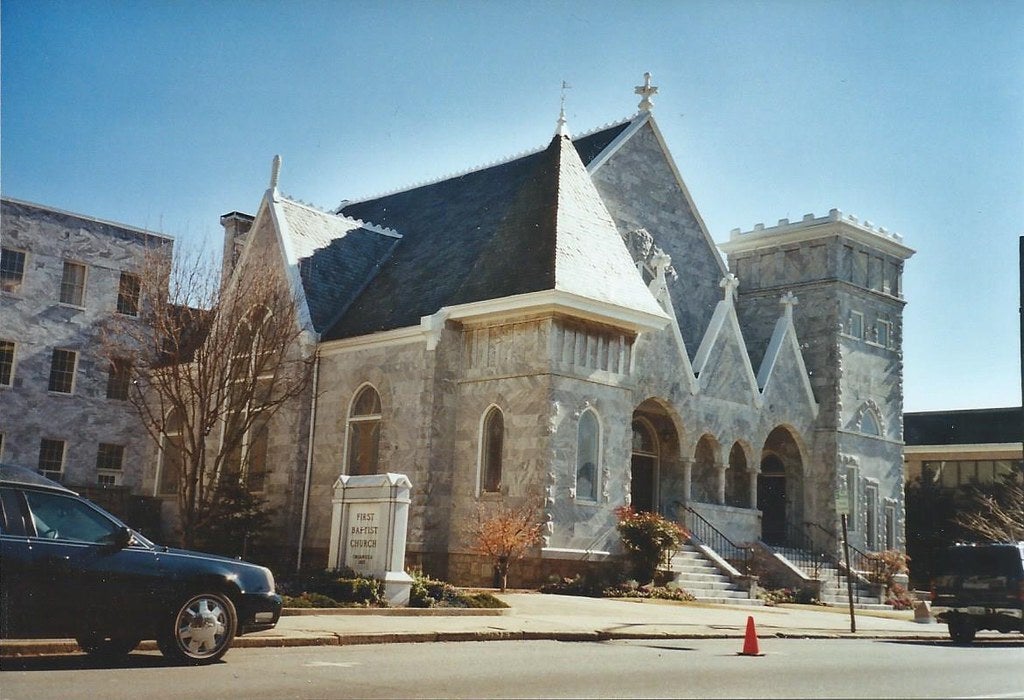
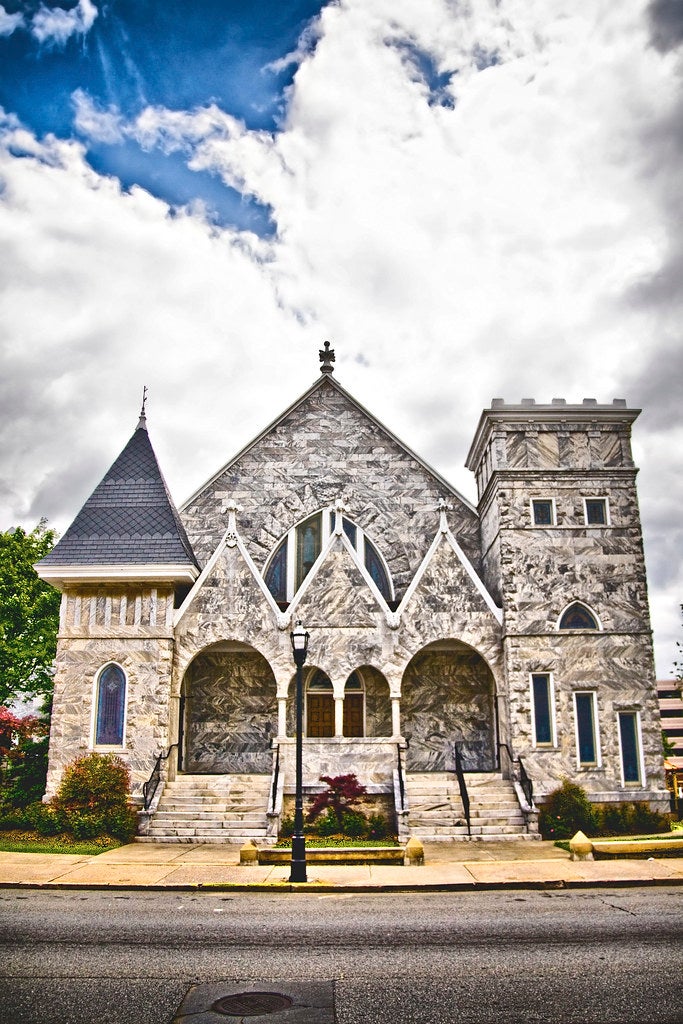
It was the classic ones that seemed to get blended together more often than not. The newer ones would have been better understood and after photography it was much easier to study original buildings to adapt the style to the US.†
 ranwhenparked
> Who is the Leader - 404 / Blog No Longer Available
ranwhenparked
> Who is the Leader - 404 / Blog No Longer Available
08/21/2020 at 11:47 |
|
Everything is just so disposable now. Structurally, sure, modern frames and foundations can go the distance, but the finish materials and workmanship are just cheap. Government and commercial† buildings are bland boxes covered in brushed aluminum cladding and faux brick panels that, while maybe not ugly, certainly donít add anything to the surrounding community in terms of aesthetics. Its like after WWII, we just stoped caring so much and stopped putting effort into things. Churches were maybe the last, even when they switched to modernism, they were still usually well done and distinctive takes on it - probably some of the best surviving mid century architecture is actually religious buildings, since they tend to have stable, long term ownership and donít go through the same cycle of constant remodeling and renovation as private structures †- but, it seems like they eventually succumbed, too. Thereís a few near me that are prefabricated steel warehouses with cinder block facades. Pastor better give one hell of a sermon, because the building itself isnít adding anything to the sense of inspiration.†
 Who is the Leader - 404 / Blog No Longer Available
> ranwhenparked
Who is the Leader - 404 / Blog No Longer Available
> ranwhenparked
08/21/2020 at 13:42 |
|
Agreed on the churches part. I donít understand the appeal of your church and your Walmart looking basically the same. Thereís nothing to remind you of the impermanence of this world like your church feeling like a cheap off the shelf pre- fab haha.
The American church has bigger problems than superficial structures devoid of any majesty, but it sure doesnít help.
Itís the craftsmanship that has become scarce. Itís so hard to find someone that would do a good job. And itís even harder to convince someone of the long term benefits of building something to last longer than they might personally enjoy its benefits.
One interesting example of this bygone philosophy is Atlantaís granite curbs. Almost every single piece of roadside curb is made of solid blocks of locally mined granite. Theyíve been there forever and arenít showing any signs of going away. Even in sharp intersections where semis roll over them every other minute, they are in pretty good shape. Occasionally they might sink from a poor foundation but the actual rock is extremely durable. The city has probably saved their cost 10 x over from fragile concrete but you wonít see something like it on new construction.
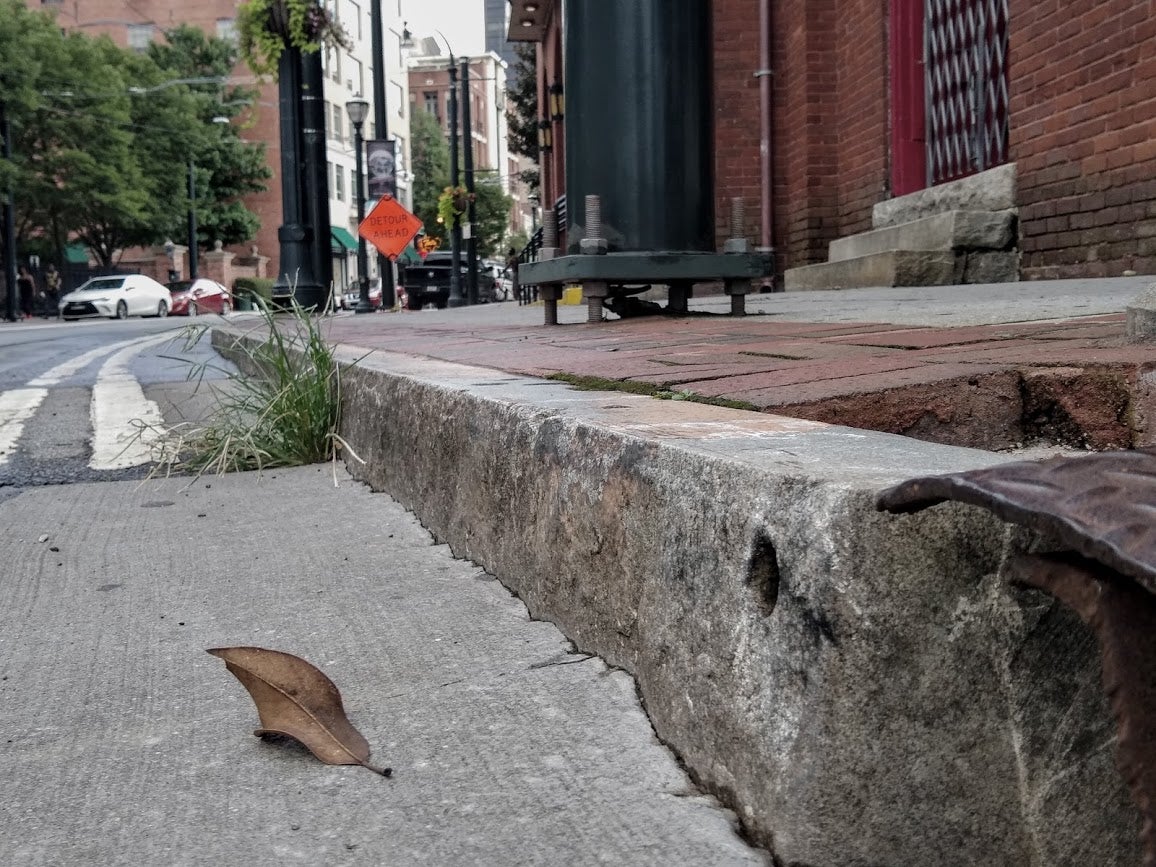
By the way, are you an architect? I know a few Oppos are but I canít recall the names.
 ranwhenparked
> Who is the Leader - 404 / Blog No Longer Available
ranwhenparked
> Who is the Leader - 404 / Blog No Longer Available
08/21/2020 at 13:52 |
|
No, I started to go that route early in my college career, but switched paths and got a marketing degree instead. Also attended a marine transportation program for awhile, but thatís a different story. Have been involved with fundraising and planning for a couple of local historic preservation groups in different places Iíve lived, though.†
 Who is the Leader - 404 / Blog No Longer Available
> ranwhenparked
Who is the Leader - 404 / Blog No Longer Available
> ranwhenparked
08/21/2020 at 14:06 |
|
Historical preservation is extremely important. I have seen far too many historically significant structures fall to the wrecking ball to make way for fast food restaurants and infrequently used parking lots. One such home that was bulldozed recently was an especially great loss. Atlanta in particular has a rich history evident around every corner but basically refuses to acknowledge it. Itís a city of progress at the expense of the past.
For instance, the zero mile marker post for the railroad junction that founded the city was left undisturbed under a viaduct in the center of the city for almost 150 years, never being removed even as multiple multi million dollar sports stadiums were built and demolished above it, before it was removed to allow a temporary entrance to an existing parking deck. Itís that sort of refusal to acknowledge the past that really gets me.
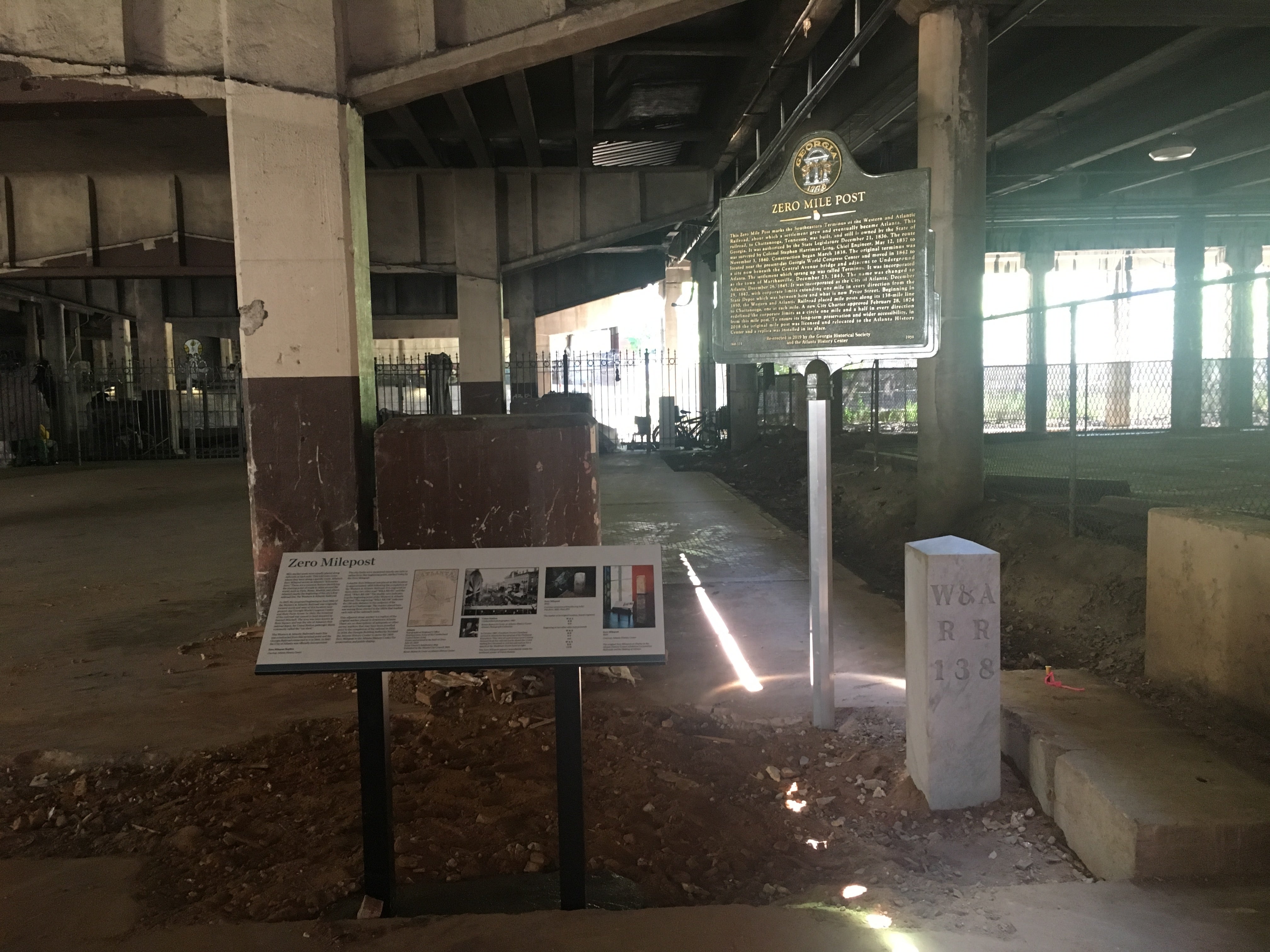
The replica in place
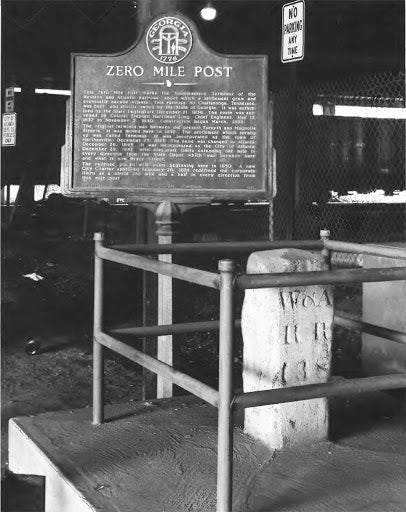
The original. Fascinating cautionary tale here
https://saportareport.com/atlantas-zero-milepost-belongs-at-atlantas-zero-mile-mark/
I may visit the spot sometime this weekend as Iíve always been curious but one does not simply wander alone in the railroad gulch
If we donít actively preserve the present and the past, it wonít stick around. And that includes building things worth preserving that are able to be kept in use for a long time. The problem is that you can erase history and you certainly can put the history in a place where no one will find it. We must acknowledge the failures and triumphs of the past to pave the way to a better future and thatís not what I see happening when I look around me.
 SilentButNotReallyDeadly...killed by G/O Media
> SBA Thanks You For All The Fish
SilentButNotReallyDeadly...killed by G/O Media
> SBA Thanks You For All The Fish
08/21/2020 at 18:14 |
|
You sound like an architect...